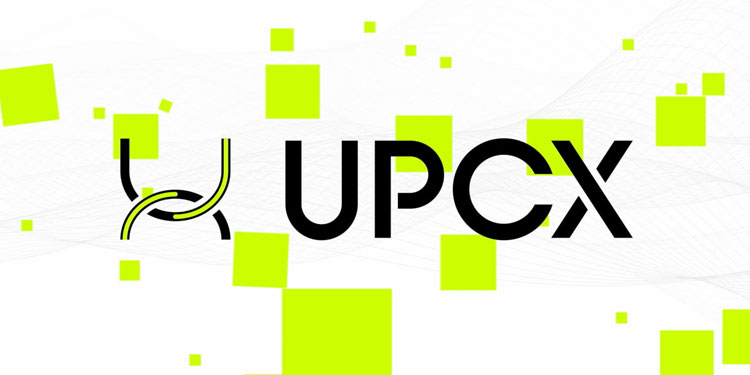
The Current Landscape:
Digital payments and financial services have become integral to modern society, akin to lifeblood coursing through the veins of daily life. However, just as a blockage in the bloodstream can lead to complications, the efficiency and accessibility of these services face their own set of challenges.
Traditionally, transaction processing has been plagued by delays, particularly in the realm of cross-border transactions, where the process could extend over several days. Additionally, the associated transaction costs, often involving additional fees for consumers and merchants, have proved to be prohibitive. Furthermore, approximately 1.7 billion individuals worldwide remain “unbanked,” excluded from the benefits of traditional financial services. These individuals are deprived of the convenience and efficiency that modern financial services offer. Furthermore, the ever-present issue of cybersecurity threats looms large and must be addressed.
The UPCX Solution:
UPCX emerges as a digital payment and financial services platform poised to address these challenges. Its innovative blockchain technology promises unique and effective solutions that open up a realm of possibilities within the payment and financial sectors.
Presently, international cross-border banking transactions amount to an astounding 10 to 15 billion deals annually, with a cumulative value between 25 and 30 trillion dollars. The existing international cross-border payment clearing system, typified by SWIFT, operates with exceptionally high costs. Traditional correspondent banks are burdened with transaction completion costs that can run into tens of dollars, making them unsuitable for small transactions.
The conventional cross-border payment model exhibits a complex process involving multiple intermediaries, leading to remittances often requiring 2-3 business days. This delay proves to be a hindrance for businesses and individuals in need of expedited transactions.
In addition to the inefficiency, the centralized architecture of the current cross-border payment clearing system poses significant security risks. Recent years have witnessed multiple hacking attempts on centralized international cross-border payment systems, resulting in substantial losses. Hackers have specifically targeted banks in various countries, aiming to exploit vulnerabilities in cross-border transfer systems, posing a serious threat to the global cross-border payment system.
A Technological Breakthrough:
To combat these issues, UPCX has harnessed Graphene as the underlying technology for its cross-border payment solution. It has implemented a hybrid consensus mechanism, combining DPoS and BFT, to enhance efficiency and transaction security. Sharding technology further amplifies system throughput by dividing the network into independent transaction processing segments, or “shards.” Each shard can process transactions in parallel, enabling UPCX to rival, and potentially surpass, traditional payment systems in terms of performance.
For instance, Visa, a leading credit card company, processes 4,000-6,000 transactions per second under normal circumstances, with peak capacity reaching 65,000 transactions per second. UPCX’s technological strategy positions it to match or even exceed such processing capabilities.
Innovative Features:
UPCX’s practical performance and scalability position it favorably against credit cards and mobile payments. It facilitates almost instant payments and settlements, characterized by significantly lower fees, a notable departure from the traditional cross-border payment system’s prolonged transaction processing and high costs.
The decentralized structure and hybrid consensus mechanism also offer robust security guarantees. In traditional payment systems, all transactions flow through centralized institutions, making them susceptible to attacks. In contrast, UPCX’s decentralized nature and consensus mechanisms make it a less appealing target for external threats, ensuring the network’s normal operation.
Inclusion and Convenience:
Globally, billions remain unbanked, lacking access to modern financial services. UPCX seeks to bridge this gap by utilizing blockchain technology to provide the unbanked population with access to financial services, enabling them to participate in the global economy more conveniently.
UPCX enables instant cross-border payments, rendering the traditional banking system unnecessary for money transfers. This inclusivity extends to regions with unstable governments and imperfect financial systems, allowing people to trade and save securely.
Moreover, UPCX introduces innovative features that replace traditional banking systems. These features include convenient payment options and QR code payments, akin to popular services like WeChat and Alipay. Users can make payments at any UPCX-supporting merchant, online or offline, by scanning the merchant’s UPCX QR code.
In conclusion, UPCX’s blockchain payment solution represents a monumental leap in the global payment industry. Its commitment to efficiency, security, and financial inclusion positions it as a transformative force in modern finance, offering a promising alternative to the traditional cross-border payment system